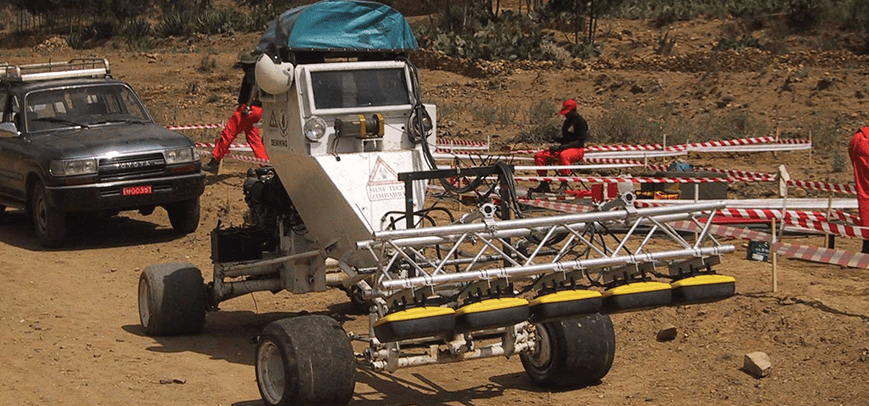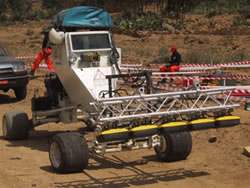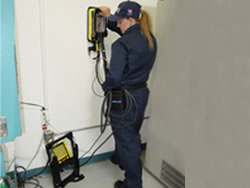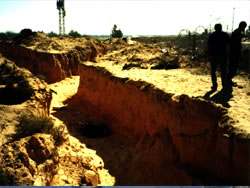Military

Underground criminal and terrorist activities pose a serious threat to the security and defense of any country. Today, with the existence of surface control and monitoring tools such as cameras and radars, criminal activities are being conducted away from the visible range of these tools, i.e., underground, and these subterranean threats are increasing. Communication tunnels used for smuggling drugs, weapons, and people are among the underground threats. Also, identifying underground warehouses and shelters dug to hide weapons, missiles, and individuals is of special importance. These types of activities are all carried out deep underground, away from human eyes and security cameras. The excavation of tunnels and construction of underground warehouses is expanding daily and is used by both security agencies and anti-security groups. Security and military agencies are interested in identifying these targets to prevent criminal activities. Given that these targets are located underground, the most important tools that can be used for their identification are geophysical methods. Various geophysical methods help identify and discover these targets. Different geophysical methods are employed based on the type of targets. The most commonly used geophysical methods for security and military issues are: Seismic, Geoelectric, GPR, and Magnetometry.
| Row | Description | Method | Equipment |
|---|---|---|---|
| 1 | Offline identification of tunnels and shelters | Geoelectric |
|
| 2 | Online monitoring for tunnel excavation identification | Seismic |
|
| 3 | Identification of buried weapons |
|
|
| 4 | Locating bodies and objects hidden in the ground |
|
|
UXO & Landmines
Military uses of GPR focus primarily on the location and detection of buried explosive devices. For area clearing, GPR is used on ranges and old sites to identify unexploded ordnance (UXO). More recent live campaign applications involve the real-time location and identification of buried improvised explosive devices (IEDs) and buried fusing mechanisms.
-

GPR for IEDs
-

Unexploded Ordnance (UXO) photo courtesy of MuN Ortung GmbH
Intrusion Monitoring
Security uses of GPR are wide ranging. A common application is the location of embedded wires and cables in structures. Location of buried bunkers, tunnels and buried caches are areas of growing interest. The ability to sense human motion through walls and underground sees GPR being used for intrusion detection.
-

Cables & Sensors Embedded in Walls
-

Clandestine Tunnels, Bunkers
